Remember when your mother’s kitchen had that cheerful checkered linoleum and chrome dinette set that seemed to sparkle under the fluorescent lights? Or perhaps you recall the excitement of your parents installing their first built-in bar cart, complete with atomic-age cocktail glasses that clinked merrily during weekend gatherings. The 1950s brought us an era of optimism, innovation, and distinctive design that reflected America’s post-war prosperity and enthusiasm for modern living.
Today’s homeowners are rediscovering the charm and functionality of these mid-century marvels, breathing new life into designs that once graced the pages of Better Homes & Gardens and House Beautiful. From the geometric patterns that adorned your grandmother’s favorite armchair to the sleek lines of that Danish modern coffee table your family treasured, these trends are finding their way back into contemporary homes. Let’s take a nostalgic journey through twelve beloved ’50s decor trends that are capturing hearts all over again.
1. Knotty Pine Paneling
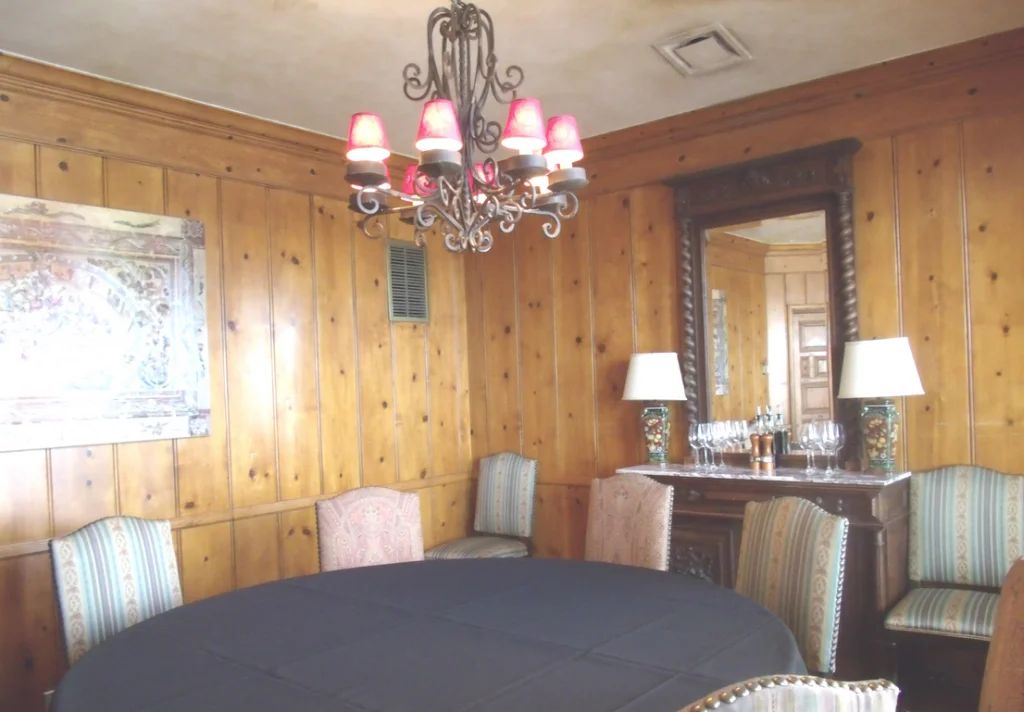
That warm, honey-colored wood paneling in your childhood den wasn’t just wall covering—it brought the outdoors inside and created a cozy retreat from the world. Knotty pine became synonymous with casual, comfortable living, often appearing in family rooms, basements, and vacation cabins. The natural imperfections in the wood grain added character and warmth that made these spaces feel inviting and unpretentious. According to The Woodworkers Shoppe, this is one trend that never actually fully went away.
Modern homeowners are finding creative ways to incorporate wood paneling without the heavy, dark appearance of some ’70s interpretations. Today’s knotty pine often features lighter stains, white-washed finishes, or selective use as accent walls rather than covering entire rooms. When paired with contemporary furnishings and good lighting, these installations create a perfect balance between rustic charm and modern sophistication.
2. Pastel Color Palettes
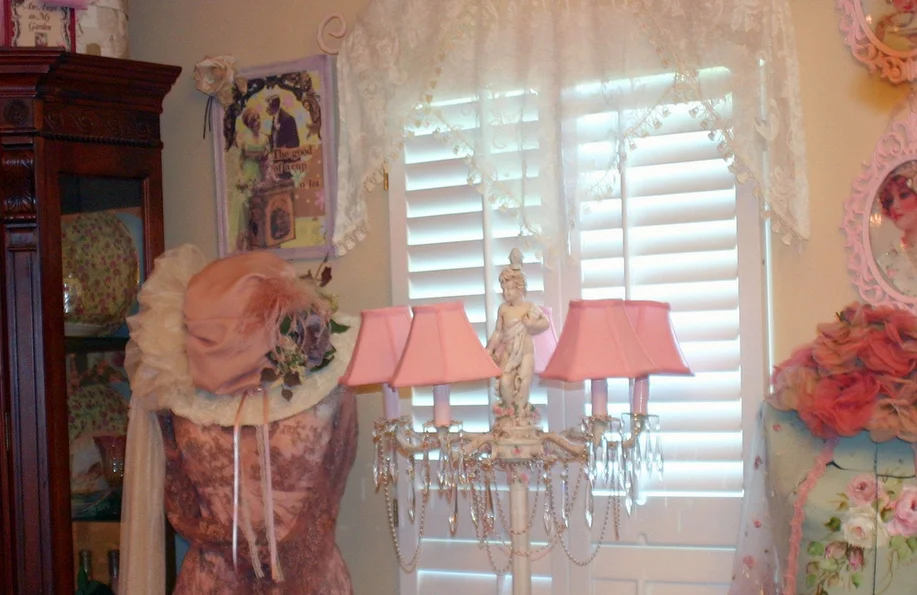
Pink and mint green weren’t just colors in the ’50s—they were statements of style that transformed entire homes into candy-colored havens. Your grandmother’s bathroom might have featured that soft seafoam green tile paired with coral pink fixtures, creating a palette that felt both soothing and sophisticated. These gentle hues reflected the era’s desire for comfort and tranquility after the tumultuous war years. Just a few years ago, Fast Company reported on pastel not just being a decor trend but something of a cultural movement.
Interior designers today are rediscovering the magic of these soft, muted tones that can make any space feel instantly more welcoming. Millennial pink has dominated social media feeds, while sage green and powder blue are appearing in everything from kitchen cabinets to bedroom walls. These colors work beautifully in modern homes because they provide a calming backdrop that allows other design elements to shine without overwhelming the senses.
3. Fiberglass and Molded Plastic Furniture

Those sleek, colorful chairs in your school cafeteria or your neighbor’s patio weren’t just modern marvels—they represented a democratization of good design that made stylish furniture accessible to everyone. Fiberglass and molded plastic allowed designers to create complex curves and bright colors at affordable prices, bringing sophisticated design into homes across America. These pieces embodied the era’s faith in technology and progress, proving that synthetic materials could be both beautiful and functional. Encyclopedia of Design traces the origin of these trendy pieces of furniture.
Today’s furniture designers are revisiting these materials with improved manufacturing techniques and sustainable practices that address modern environmental concerns. Contemporary molded furniture often incorporates recycled materials, offers improved ergonomics, and comes in sophisticated color palettes that work well in modern interiors. These pieces appeal to today’s homeowners who appreciate the combination of iconic design, durability, and relatively affordable pricing that made them popular in the first place.
4. Built-in Bar Carts and Cocktail Culture
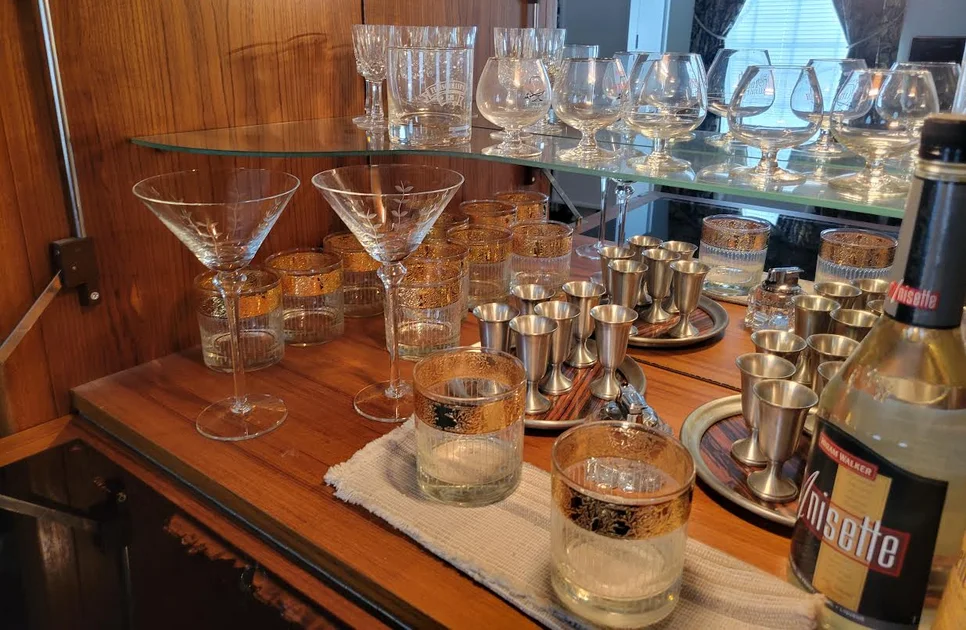
The home bar wasn’t just a piece of furniture in the ’50s—it was the centerpiece of sophisticated entertaining that turned every gathering into a special occasion. You might recall your parents’ pride in their bar cart, complete with crystal decanters, chrome accessories, and perhaps even a small refrigerator for ice. These setups reflected the era’s cocktail culture and the belief that a well-appointed home should be ready for impromptu celebrations.
Today’s homeowners are recreating this sense of hospitality with stylish bar carts and dedicated cocktail stations that serve both form and function. Modern versions often feature mid-century inspired brass finishes, geometric designs, and wheels for easy mobility throughout the home. The resurgence of craft cocktails and home entertaining has made these pieces not just nostalgic accessories, but practical additions to contemporary living spaces.
5. Starbursts and Sunburst Mirrors
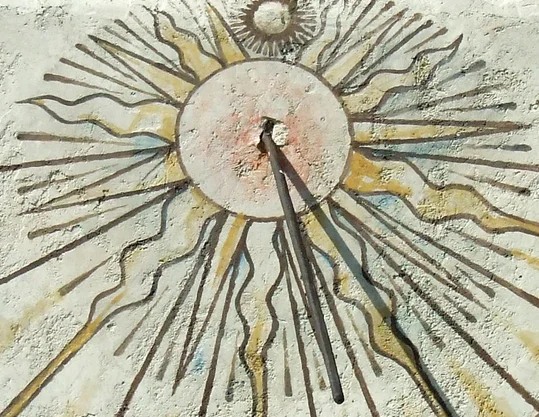
Those dramatic starburst mirrors and clocks weren’t just timepieces—they were sculptural statements that brought drama and sophistication to any wall. Perhaps you remember the golden sunburst mirror in your family’s entry hall, its radiating spokes catching and reflecting light throughout the day. These pieces embodied the era’s fascination with celestial themes and the atomic age’s sense of expansion and energy.
Modern interpretations of these iconic designs are appearing in homes across the country, often crafted from materials like brass, copper, or even reclaimed wood. Contemporary versions might feature LED lighting, mixed materials, or oversized proportions that make them focal points in today’s larger living spaces. They bring that same sense of movement and light to modern interiors while serving as conversation pieces that bridge past and present.
6. Boomerang and Biomorphic Shapes
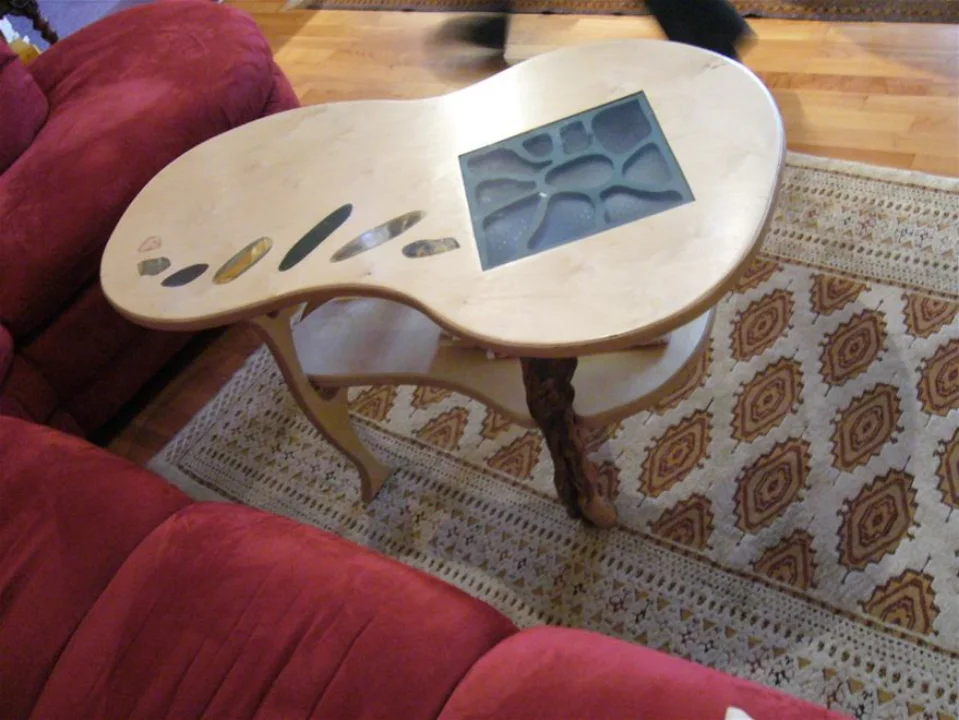
The boomerang wasn’t just a returning stick from Australia—it became a design motif that captured the ’50s fascination with dynamic, flowing forms. You might remember these shapes appearing on everything from your mother’s favorite ashtray to the pattern on your family’s dinnerware. These organic, curved designs represented a move away from the rigid geometry of earlier decades toward something more natural and expressive.
Today’s designers are incorporating these biomorphic shapes into furniture, lighting, and decorative objects that feel both retro and thoroughly modern. Contemporary pieces might feature boomerang-shaped shelving units, curved sectional sofas, or lighting fixtures that seem to float through space. These shapes work particularly well in modern interiors because they soften hard lines and create visual interest without being overly ornate.
7. Terrazzo Flooring
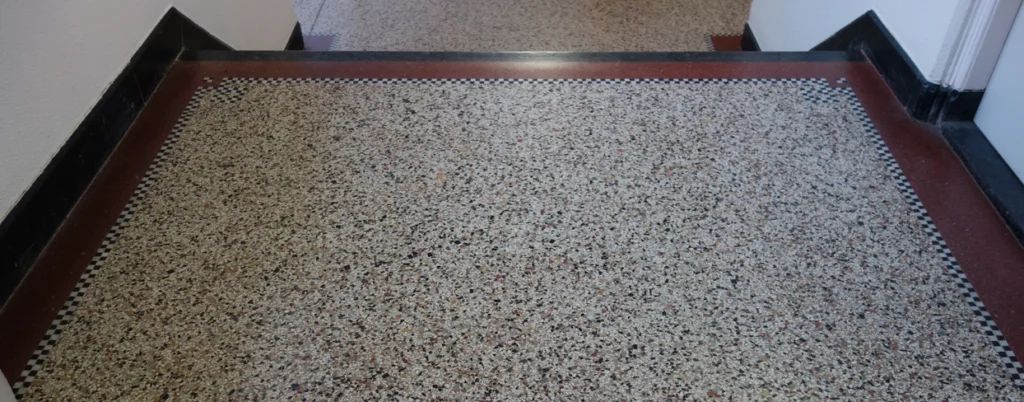
That speckled flooring in your elementary school wasn’t just practical—it was part of a larger trend toward durable, colorful surfaces that could withstand the demands of modern living. Terrazzo, with its chips of marble, granite, or glass set in cement, appeared in homes, schools, and commercial buildings throughout the decade. The material offered endless possibilities for color combinations and patterns that reflected the era’s optimistic spirit.
Contemporary designers are rediscovering terrazzo’s versatility and sustainability, using it in everything from kitchen countertops to bathroom floors. Modern terrazzo often incorporates recycled materials and can be customized with almost any color combination, making it perfect for homeowners who want something unique. The material’s durability and timeless appeal make it an excellent choice for busy families who appreciate both style and practicality.
8. Atomic Age Patterns and Motifs
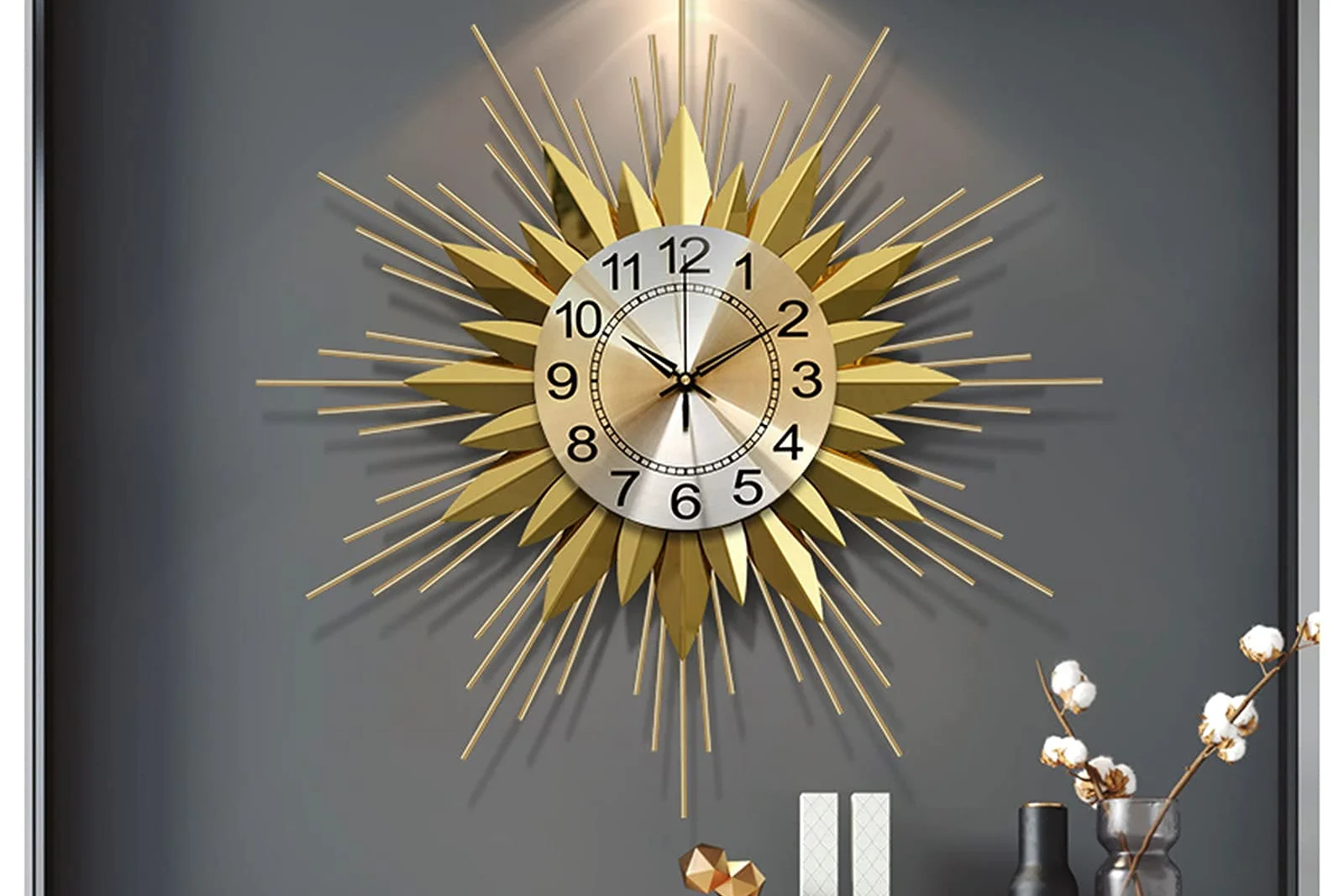
Those distinctive boomerang shapes, starbursts, and atomic orbital designs weren’t just quirky decorations—they represented America’s fascination with the space age and scientific progress. You might remember these patterns adorning everything from your parents’ bedroom wallpaper to the Formica countertops in your childhood kitchen. The geometric designs spoke to a generation that believed the future was bright and full of endless possibilities.
Modern designers are incorporating these retro-futuristic motifs into wallpapers, textiles, and accent pieces with remarkable sophistication. Today’s atomic patterns appear on everything from throw pillows to backsplashes, bringing that sense of optimism and wonder into contemporary spaces. The beauty of these designs lies in their ability to make any room feel both nostalgic and forward-thinking, just as they did seven decades ago.
9. Vinyl and Linoleum Patterns
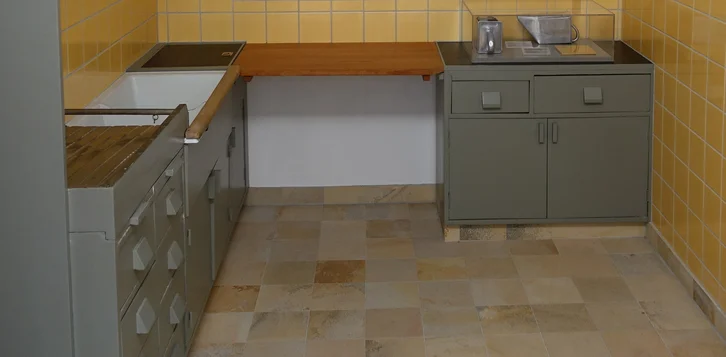
Those cheerful checkered floors in your childhood kitchen weren’t just practical—they were expressions of optimism and modernity that made everyday tasks feel more pleasant. Vinyl and linoleum offered homemakers unprecedented options for color and pattern, from bold geometric designs to subtle marbled effects. These materials represented the era’s embrace of new technology and the belief that synthetic materials could improve daily life.
Contemporary flooring manufacturers are producing luxury vinyl and linoleum that capture the spirit of ’50s patterns while offering modern performance and sustainability. Today’s options might feature atomic-inspired geometric patterns, retro color combinations, or even photographic reproductions of classic designs. These floors appeal to modern families who want the nostalgic charm of mid-century design with the durability and easy maintenance that contemporary life demands.
10. Dinette Sets with Chrome Accents
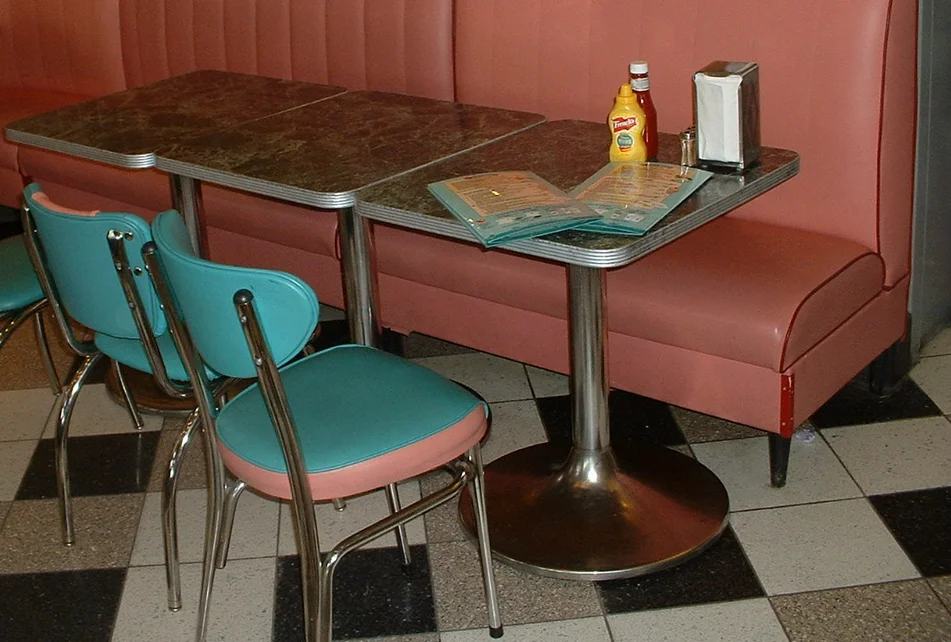
That gleaming chrome and vinyl dinette set in your parents’ breakfast nook wasn’t just furniture—it represented the space age optimism and technological progress of the era. These sets, often featuring bright colors like red, yellow, or turquoise, transformed the humble kitchen table into something that looked like it belonged on a spaceship. The easy-to-clean surfaces and compact design made them perfect for the casual dining that was becoming increasingly popular.
Modern manufacturers are producing updated versions of these iconic sets, often incorporating contemporary materials while maintaining those distinctive chrome accents and bright colors. Today’s dinette sets might feature powder-coated aluminum instead of chrome, or sustainable materials for the tabletops, but they retain that same sense of fun and functionality. They’re particularly popular in smaller homes and apartments where space is at a premium but style shouldn’t be compromised.
11. Room Dividers and Open Floor Plans
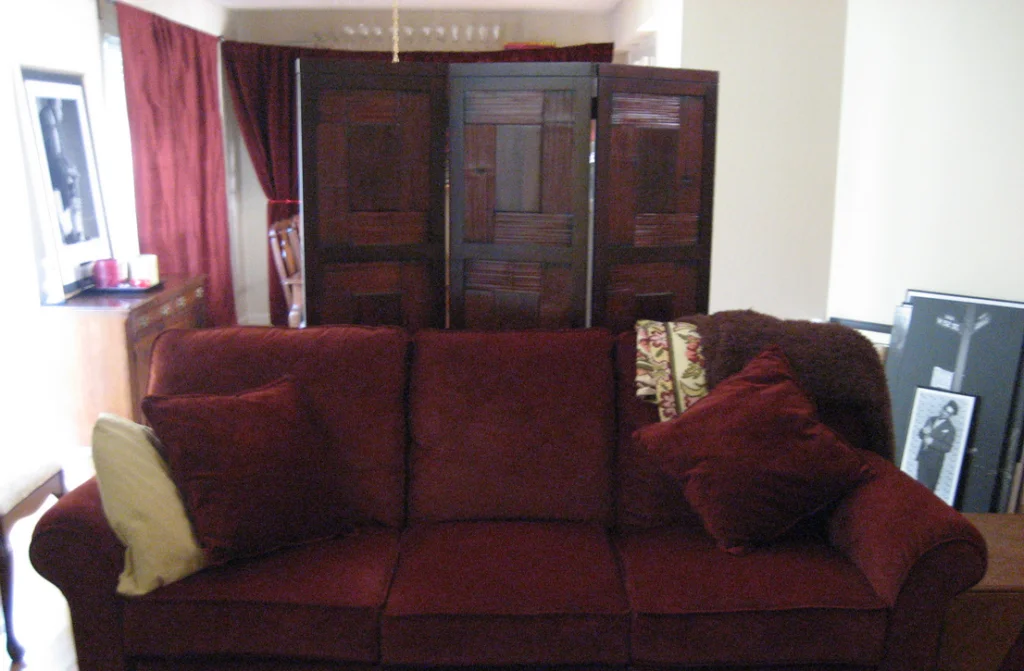
Those decorative screens and low bookshelves that separated your family’s living and dining areas weren’t just space savers—they represented a revolutionary approach to home design that emphasized flow and flexibility. Room dividers allowed families to create distinct spaces without the expense and permanence of walls, reflecting the era’s casual approach to living. These pieces often featured geometric cutouts, natural materials, or built-in planters that added visual interest while maintaining openness.
Contemporary interior designers are embracing this concept of flexible living spaces, particularly as more people work from home and need versatile environments. Modern room dividers might incorporate technology with built-in charging stations, feature living walls with plants, or use innovative materials like perforated metal or recycled wood. They offer the same benefits today that they did in the ’50s: the ability to create intimate spaces within larger rooms while maintaining that sense of openness and flow.
12. Kidney-Shaped Coffee Tables
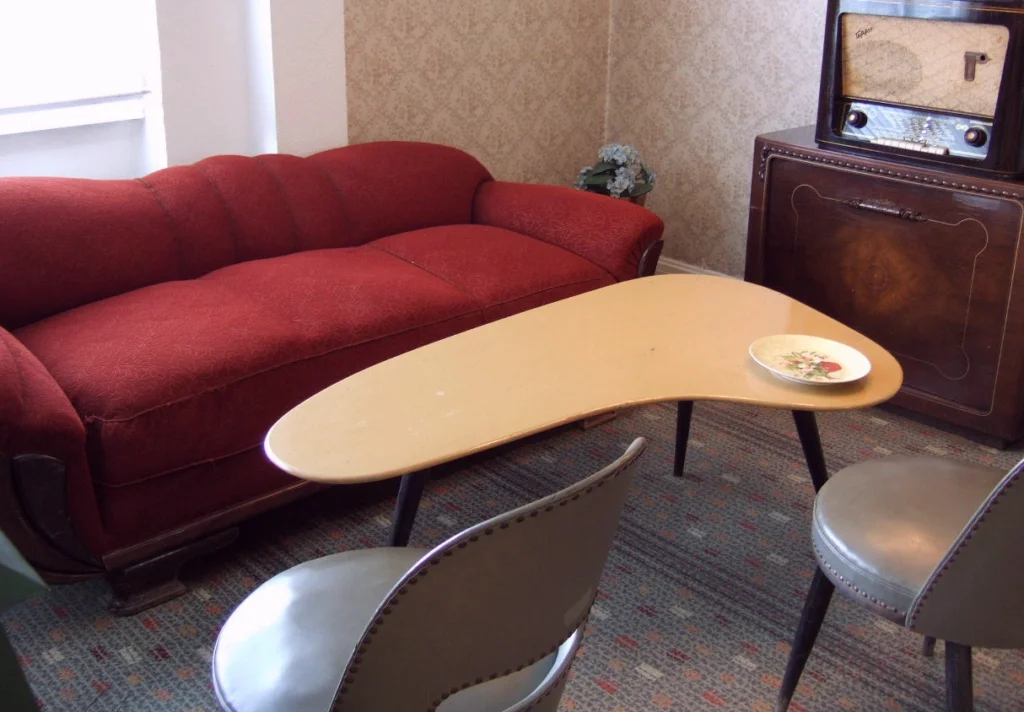
That curved, asymmetrical coffee table in your parents’ living room wasn’t just furniture—it was a symbol of the era’s embrace of organic, flowing forms. These kidney-shaped pieces, often crafted from blonde wood or featuring glass tops with tapered legs, represented a departure from the rigid, formal furniture of previous decades. They encouraged a more relaxed, casual approach to living that matched the growing suburban lifestyle.
Contemporary furniture makers are producing updated versions of these iconic pieces, often incorporating modern materials while maintaining those distinctive curves. Today’s kidney tables might feature walnut veneer, powder-coated steel legs, or even concrete tops, but they retain that same sense of movement and informality. They’re perfect for modern living spaces where flexibility and conversation are valued over formal entertaining.
The enduring appeal of these ’50s design trends speaks to something deeper than mere nostalgia—they represent values and aspirations that remain relevant today. The era’s emphasis on comfort, functionality, and optimism resonates with modern families who want their homes to reflect both style and practicality. As we face our own uncertain times, there’s something comforting about surrounding ourselves with designs that once symbolized hope, progress, and the promise of a better tomorrow. Whether you’re incorporating a single atomic-patterned throw pillow or completely renovating your kitchen with terrazzo countertops and a vintage-inspired dinette set, these trends offer a way to connect with a time when the future seemed bright and anything was possible. The best part about bringing ’50s style into your modern home is that these designs were created to be lived with and enjoyed, not just admired—exactly what our busy, contemporary lives require.


